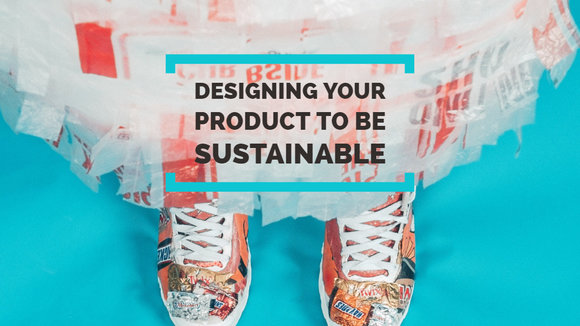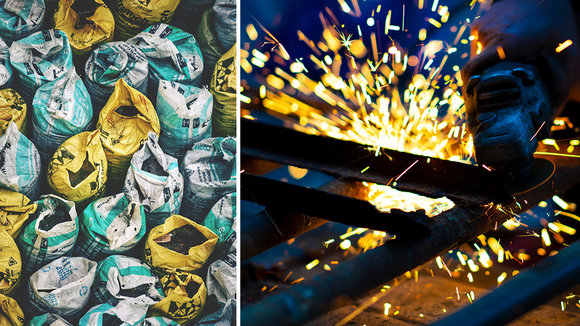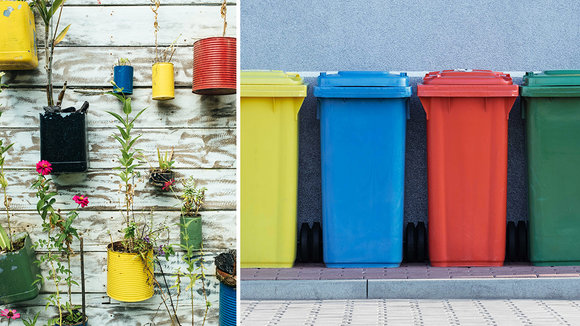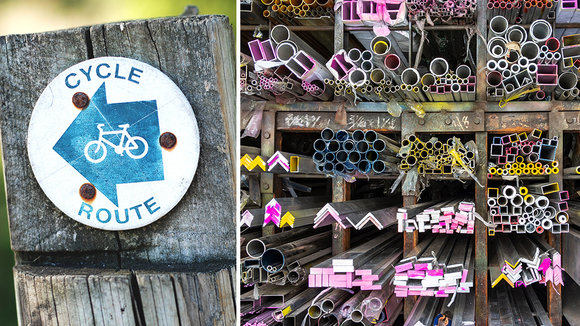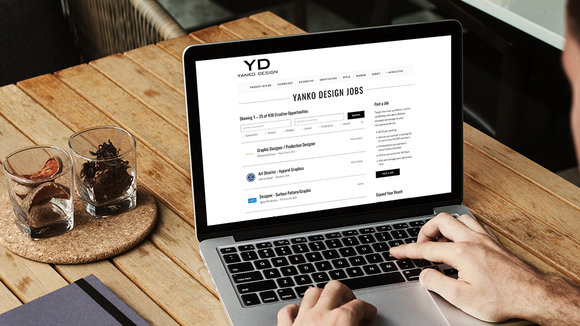1/7
Designing your Product to be Sustainable
Sustainability and green energy is the call of our times. Whether you choose to believe it not, climate change is happening and is real. But the question remains, what can you, as an individual designer act on to ensure this message is carried through in the products you design? Katie Lundin, in the write-up below, jots down strategies and tips, that will educate and help you devise a design that speaks of your concern and makes your contribution towards helping our planet.
Recruiting a designer?
with us to source the best talent for your requirement.
Looking to switch over to a freelance career? Check out
to work with some of the best design companies in the world!
Climate change is on everyone’s minds. And it should be. After all, this is the only planet we have. Keeping Earth healthy impacts everyone. But, even if you’re not convinced that climate change is a real problem, there’s still plenty of reason to prioritize a greener, sustainable future. A
in the Lancet revealed that pollution continues to be a major global health concern.
According to the study, pollution was responsible for roughly
in 2015. This makes pollution the “largest environmental cause of disease and death in the world today.” No matter how you look at it, it’s not a great idea to poison the air, water, and soil we all rely on to survive. The great news is that product companies and product designers are in a prime position to make a really positive impact.
SolidWorks, a developer of 3D design software, points out in their
:
Companies designing products and product designers can protect our planet – and people’s health – through sustainable design choices.
But, what
sustainable design?
defines sustainable design or development as:
When creating new products, both companies and product designers can advocate and design for the use of green materials. They can design products that minimize waste and energy consumption. We can all agree that selling products is great, but designing and selling products that
global health instead of undermining it is even better. Challenge yourself to design a better tomorrow with these proven green product design strategies for a more sustainable future.
One of the most effective ways to design greener products is to think beyond the product itself and optimize the product’s entire “lifecycle.” Each and every product goes through a lifecycle of at least 4 stages:
Each of these stages offers opportunities to create or minimize waste and consume or save energy. So start your design process by taking a step back to reflect on the lifecycle of your product. Find the lifecycle phases with the biggest negative impacts and focus on improving those in your design process.
Once you know the answers to these questions, you can begin to identify the biggest sustainability pain points. Generally, the more energy expended or waste produced, the more negative the impact on our environment. So, target those areas first. “Green” product design doesn’t just mean avoiding toxic chemicals and choosing to build from recycled materials. The product ’s manufacture, transport, and operation also impact the product’s sustainability. Find design solutions that will decrease the highest instances of energy expenditure and waste during your product’s lifetime. Then, ask yourself what will happen to the product when that life ends.
This approach, popularized by William McDonough and Dr. Micahel Braungart, invites the designer to think of ways that their product can transition into a new life when its current one ends. Think of it like reincarnation for products. Traditionally products were designed to have a finite end to their life. After that, the product goes to a landfill. This “cradle to grave” lifecycle isn’t great.
thinking plans ahead for your product’s next life.
Plan to recycle your product into something entirely new. Or remove and refurbish components for use in a new device. Or even turn it into fuel to produce something else. As the product designer, the choice is yours and while it takes some planning and thinking, many companies and designers have successfully executed cradle to cradle product design strategies. And don’t forget sustainable packaging design. After all, once your product is unboxed, the packaging is typically thrown away.
Design for Disassembly is pretty self-explanatory. Put simply, it means that you design with the intent of making it easy to get to the components that will later be used elsewhere. It’s a strategy that supports cradle to cradle thinking. If it’s too hard to take your product apart, it may never live that second or third life you had dreamed for it in your cradle to cradle planning. Lifecycle planning is a complex process and we can’t claim to offer all the answers here. But, keep it in mind as you design your next products. And, if you want to learn more, Check out these awesome resources from
and
.
The most obvious way to design a more sustainable and eco-friendly product is to choose “green” materials. Items made of plastics that won’t decompose for thousands of years, or filled with toxins that will leach into the environment as they decompose are clearly not great choices. Here’s what you
look for when you’re choosing materials for your next product design…
Your first criteria to check when choosing product materials is how it will function in the role you’ve chosen for it?
For instance, unless you like your tea with a smoky flavor (and eventually all over your stovetop), pine isn’t a great material for a tea kettle. But, if the answer to that question is yes, consider this sustainability checklist.
Design your next product to be built from sustainable materials. Our children’s children will thank you.
The heart of sustainability is to avoid using more resources than we can replenish in a useful span of time. One of the easiest ways for a product designer to make more sustainable choices is by reducing the amount of materials or energy that will go into a product in the first place.
Plan to make your product as energy efficient as possible. You can do this through efficient engineering, utilizing sustainable energy sources and through the use of materials with low embodied energy. Materials that require less energy to produce, transport, operate, and dispose of are said to have low embodied energy. You can design products with a smaller carbon footprint by using materials with low embodied energy. You can get a copy of Circular Ecology’s Embodied Energy Database for free
.
Lightweighting is a strategy that focuses on making your product with less material – hence, making it lighter in weight. This has a positive environmental impact across the board – from the amount of energy needed to acquire the materials, to the volume of resources consumed, to the amount of energy needed to transport and dispose of the product. There are a number of techniques that you can employ when making products lighter in weight. Utilize geometry to make products as strong as possible with as little material as possible. Use hollow components wherever practical. You can learn more reinforcing strategies to support your lightweighting efforts
.
Designing a product to last is a very effective green technique. Think about it. Purchasing one sweater over ten years consumes fewer resources than purchasing ten sweaters over ten years. And, it’s not just the resources. It’s the embodied energy of one sweater lifecycle vs. the embodied energy of
sweater lifecycles. In fact, even some “green” products can be
than a single product that lasts a long time. For instance, a single ceramic plate used over and over is a more environmentally responsible choice than a stack of disposable, biodegradable paper plates.
Lisa Smith explains in her article “
,”
Planned obsolescence may seem like a sound profit strategy. It’s great for revenue when people buy stuff and then have to buy
stuff shortly after. But, that shouldn’t come at the cost of actual people or our planet. It’s time to flip the script. It’s time to design products that last.
Companies and product designers have a lot of power to make choices that positively impact our environment – and by extension – us. It may be a whole new way of approaching a design challenge for you. But, it’s worth it. Here’s your green design checklist. Take it with you as you start your next design. Who knows how positive your next design’s environmental impact could be?!
When faced with a seemingly insurmountable challenge like fighting global pollution we often ask ourselves, “I’m just one person, what can I do?” But companies and product designers who make responsible informed choices about the design of their products can make the world a better place for all of us.
The original write up by Katie Lundin
.
发布于2019-11-18
颜色
相关推荐
